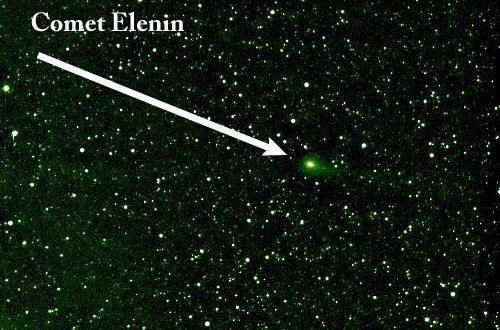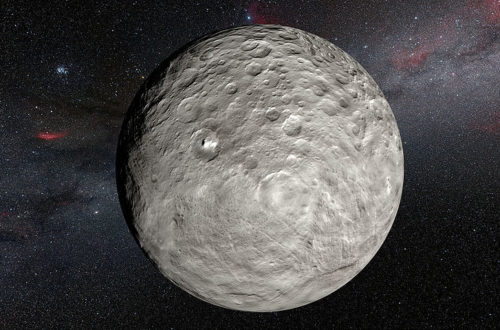Stargazing Calendar for January 2023
Looking for the January 2025 stargazing calendar?
In this first month of the new year, aside from the celebratory fireworks, we can also witness some beautiful astronomical events such as the Quadrantid meteor shower, two comets and two large asteroids at opposition. For these and many other astronomical events, keep reading below.
First on January 4, the Quadrantid meteor shower will peak with up to 120 meteors per hour on average if conditions are ideal. This makes it one of the largest meteor showers. Some meteors will also be visible between December 12 and January 12. They will appear to radiate from the constellation of Boötes. The name of this meteor shower comes from a former constellation called Quadrans Muralis that included portions of Boötes and Draco.
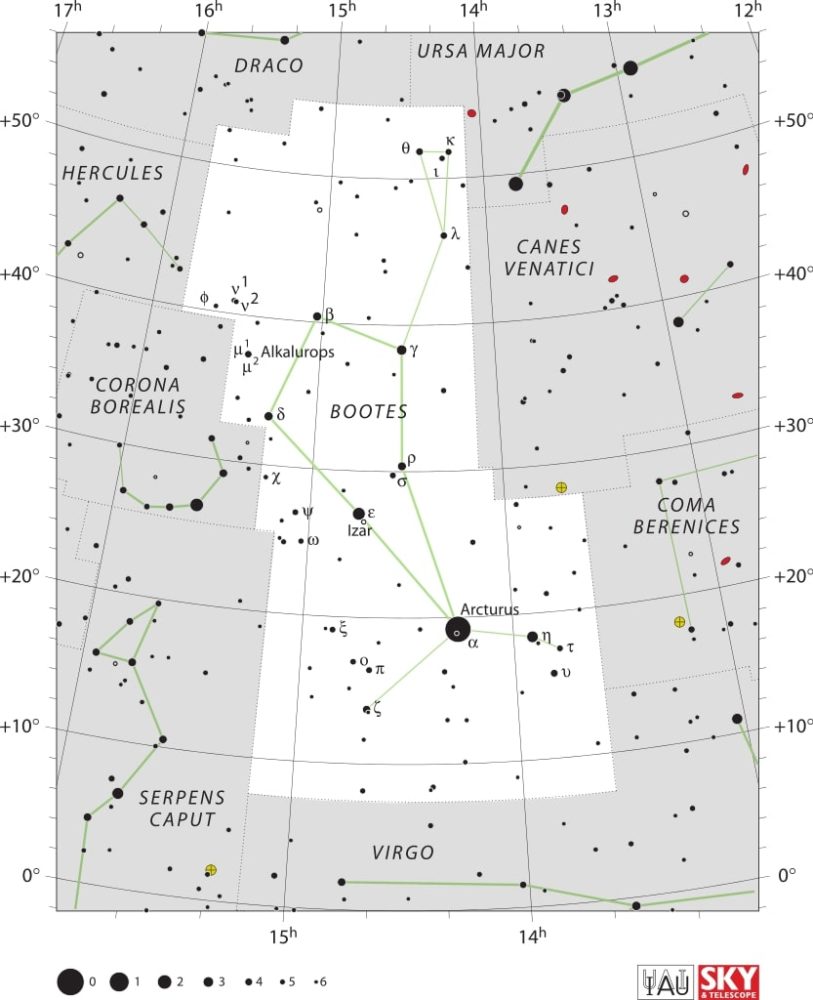
Would you like to be notified of stargazing events?
Then on January 12, the comet C/2022 E3 (ZTF) will reach perihelion. It will be at its closest approach to the Sun, at a distance of 1.11 AU. The estimated apparent magnitude at perihelion will be 6.4 so it will be visible to the naked eye as a faint smudge in the sky. Look for it between the constellations of Corona Borealis and Boötes. This comet will come even closer to the Earth at perigee on February 1st.
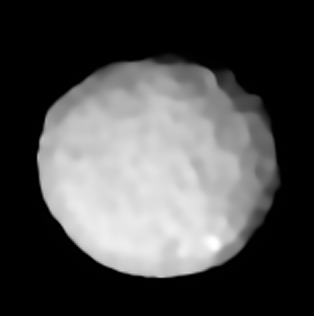
On January 15, the asteroid 2 Pallas will be at opposition. Look in the highest point in the sky around midnight local time, in the constellation of Canis Major. It will pass within 1.416 AU of us, with a peak brightness of magnitude 7.6, so you’ll need at least binoculars to spot it. Pallas is the second asteroid to have been discovered and the third largest (if you count Ceres, which is a dwarf planet) constituting an estimated 7% of the total mass of the asteroid belt. Its diameter is between 507 and 515 km. It was discovered by the German astronomer Heinrich Wilhelm Matthäus Olbers on 28 March 1802 and named after Pallas Athena, an alternate name for the Greek goddess Athena.

Then on January 19, the γ-Ursae Minorid meteor shower will peak with an average of 3 meteors per hour assuming ideal conditions. Some meteors will also be visible from January 15 to January 25. They will appear to radiate from the constellation of Ursa Minor.
On January 20, there will be a conjunction of the Moon and Mercury meaning they will share the same right ascension. The Moon will pass 6°56′ to the south of Mercury. They will both be in the constellation of Sagittarius.
And then on January 22, we will witness a conjunction of Venus and Saturn as well as a conjunction of the Moon and Saturn and a conjunction of the Moon and Venus on the next day. All three celestial bodies will be very close to each other in the constellation of Capricornus.

On January 25, there will be a conjunction of the Moon and Jupiter, with the Moon passing 1°48′ to the south of Jupiter, in the constellation of Pisces.
Later on January 26, the asteroid 6 Hebe will be at opposition. Look for this asteroid in the highest point in the sky at midnight local time in the in the constellation of Cancer. It will pass within 1.493 AU of Earth, reaching a peak brightness of magnitude 8.7, which will require binoculars or a telescope. Hebe has a diameter between 186 and 195 km. It was the sixth asteroid to be discovered in 1847 by Karl Ludwig Hencke, a German amateur astronomer. It was named after Hebe, the Greek goddess of youth.
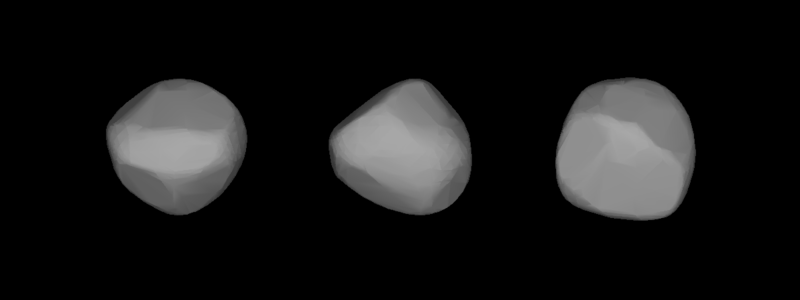
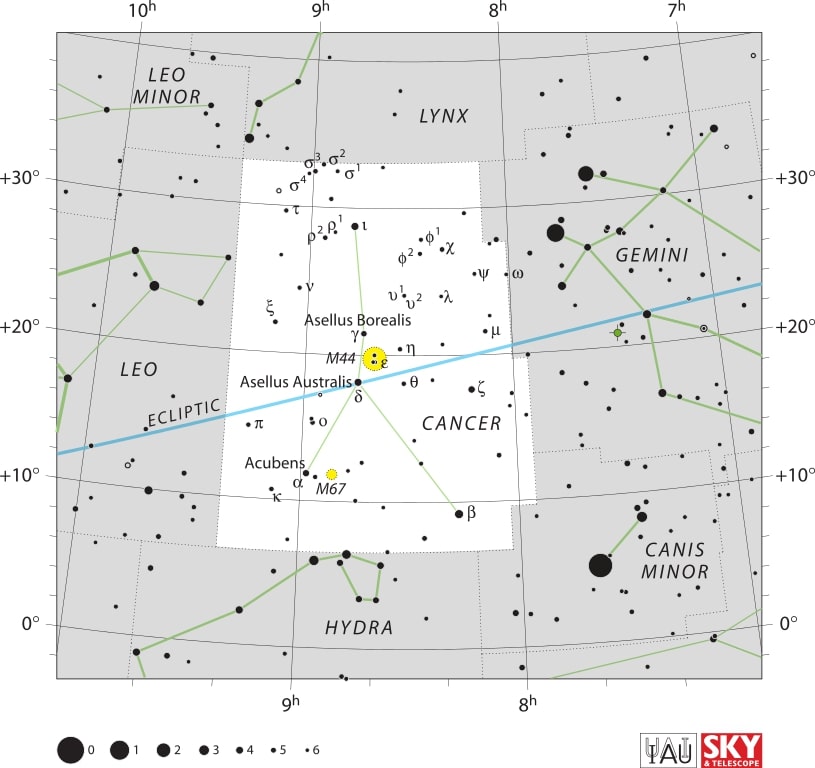
On January 28, the Moon and Uranus will make a close approach, passing within 52.8 arcminutes of each other. Since Uranus is not visible to the naked eye, you would need a small telescope. Look in the constellation of Aries. In a very small part of the northern hemisphere (parts of the Canadian territories of Nunavut, Northwest Territories, and Yukon, as well as parts of Greenland and Alaska) this close approach will instead be a lunar occultation of Uranus, which means the Moon will pass in front of Uranus hiding the planet from view temporarily.

On January 30, Mercury will be at greatest western elongation. This means that the planet Mercury will be at its furthest separation from the Sun, making it the best time to observe the planet. Look in the constellation of Sagittarius.
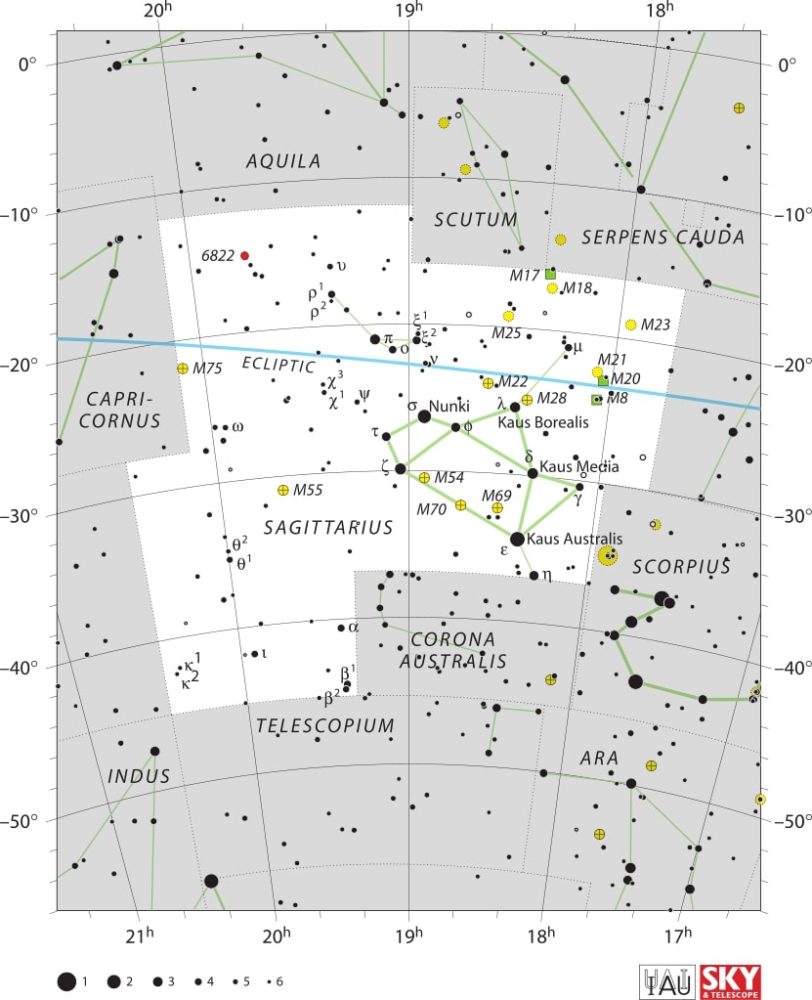
On the same day, the will be a conjunction of the Moon and Mars. The two celestial bodies will share the same right ascension and pass 0°06′ of each other, both in the constellation of Taurus. In the southernmost part of the United States as well as all of Mexico and most of Central America and Caribbean, with parts of Colombia and Venezuela, this conjunction will become a lunar occultation of Mars.

Finally on January 31, the comet 96P/Machholz will reach perigee and perihelion. The comet’s closest approach to the Earth will be at a distance of 0.89 AU and its closest approach to the Sun will be at as little as 0.12 AU. Look in the constellation of Aquarius, but be careful with the Sun and never look directly into it. For this reason you may have better luck observing this comet when it gets further away from the Sun. 96P/Machholz has an estimated diameter of about 6.4 km and an orbital period of 5.29 years. This comet was discovered in 1986 by amateur astronomer Donald Machholz. It is a very unusual comet with a chemical composition different from all other comets with a known composition. This implies the comet formed differently from the others, possibly outside the Solar System. This possible extrasolar origin hasn’t been confirmed though and is just a theory.


Moon phases
As you know, the Moon has a big impact on the visibility of celestial bodies in the night sky. So here are the Moon’s phases for this month:
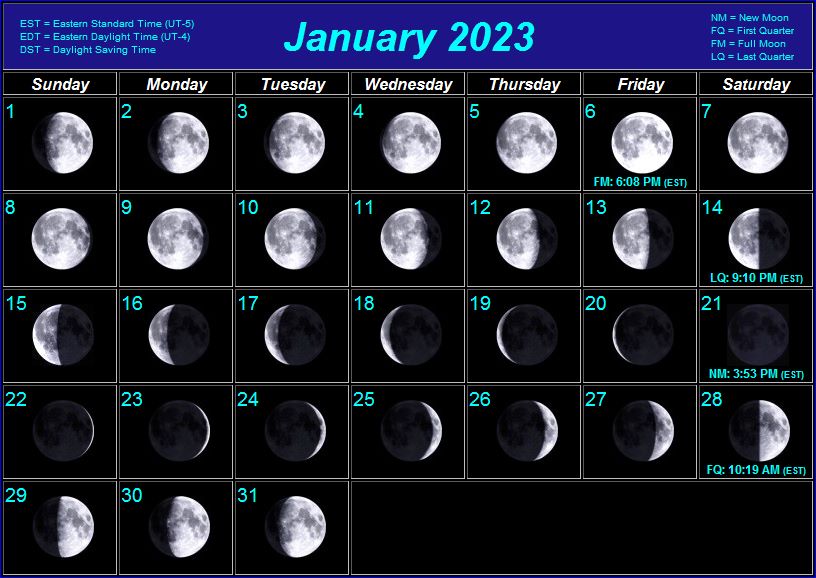
Positions of the planets this month
Mercury: The closest planet to the Sun can be seen at dawn and dusk travelling across the constellation of Sagittarius. This planet, being the closest to the Sun, will appear to move quickly in the night sky and its position will change in the following weeks.
Venus: The sister planet can be seen near Mercury travelling across the constellation of Capricornus. Just like Mercury, Venus can only be seen at dawn and dusk.
Mars: The red planet can be seen in the constellation of Taurus.
Jupiter: The gas giant is visible in the constellation of Pisces. Jupiter can easily be spotted with the naked eye, even in highly illuminated cities.
Saturn: The ringed giant can be seen with the naked eye in the constellation of Capricornus.
Uranus: The gas giant can be seen in the constellation of Aries with the use of a telescope.
Neptune: The blue giant requires a telescope pointed in the constellation of Aquarius in order to be seen.
Major astronomical events next month
- February 1 – Comet C/2022 E3 (ZTF) at perigee.
- February 8 – α-Centaurid meteor shower peak.
- February 18 – C/2022 A2 (PANSTARRS) at perihelion.
Conclusion
And there you have it! Which of the astronomical events are you looking forward to the most? The Quadrantid meteor shower, the comets, large asteroids at opposition? Let us know in the comments below.
Sources:
- Planetary ephemerides produced by NASA’s Jet Propulsion Laboratory (JPL)
- International Meteor Organization
See also:
- Previous month’s calendar: Stargazing Calendar for December 2022
- Next month’s calendar: Stargazing Calendar for February 2023
Would you like to receive similar articles by email?



